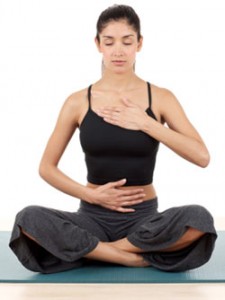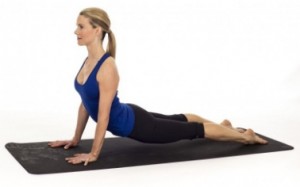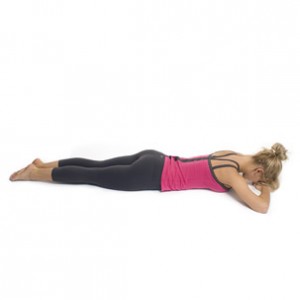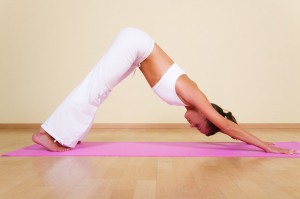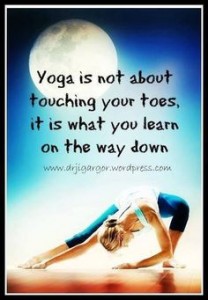Welcome back! Hopefully by now you have started to work a yoga routine with the previously discussed postures in this blog. Today I want to add another more core-centered movement to that list, so hopefully you’re all ready! I know summer far off but it’s never too early start working on that summer bod ;). The movement is called cobra.
The steps…
- Lie on your stomach on the center of your mat face down. Take a moment to focus on your breathing and to clear your mind.
- Point your toes behind you and bring your legs together in order to have your legs straight.
- Next, bring your hand in toward the center of your body with your palms pressing into the floor.
- Inhale and raise your torso off the ground by pressing your palms into the ground and opening your chest outward by bringing your shoulders back and look upward towards the sky. Your lower body (pelvis and legs) and hands should be the only body parts in contact with the floor.
- Hold this for 30-60 seconds and transition into another pose such as downward dog afterwards.
In this pose, the weight is going to be mainly centered in your hips and lower pelvis region so, if you have problems in this region, I would advise you to withhold from this posture completely or at least not go fully up into it. This posture is extremely good for stretching the lower back. For an extra stretch, in the pose, look over the left shoulder for a few seconds and then switch to the right.
This is a great addition to any work out. Enjoy!


